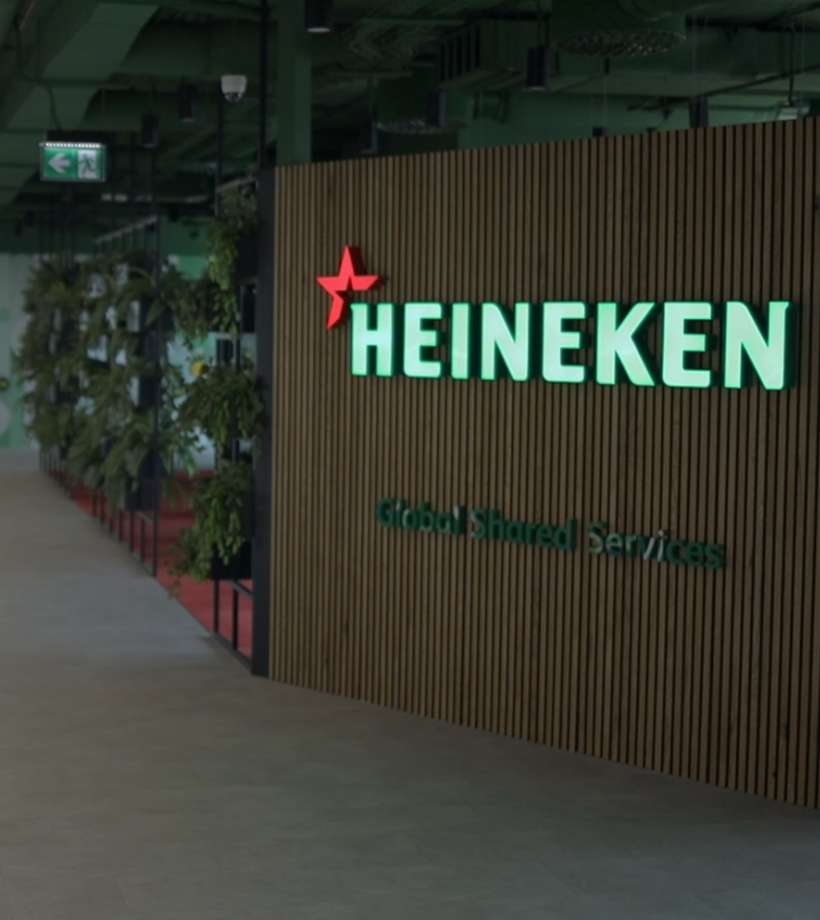-
Featured services
Harness innovation to deliver value
Ensure short-term stability as you design a roadmap for new use cases in your industry with emerging technologies.
Explore Connected Industries -
Services
Alle Services und Produkte anzeigenNutzen Sie unsere Fähigkeiten, um die Transformation Ihres Unternehmens zu beschleunigen.
-
Services
Network-as-a-Service
Beliebte Produkte
-
Private 5G
Unser Cloud-nativer Secure-by-Design-Ansatz gewährleistet eine 24/7-Überwachung durch unsere Global Operations Centers, die Ihre Netzwerke und Geräte auf einer „As-a-Service“-Basis verwalten.
-
Verwaltete Campus-Netzwerke
Unsere Managed Campus Networks Services transformieren Campusnetzwerke, Unternehmensnetzwerke sowie miteinander verbundene lokale Netzwerke und vernetzen intelligente Orte und Branchen.
-
-
Services
Cloud Services
-
Client stories
-
Penske Entertainment und die NTT INDYCAR SERIES
Gemeinsam mit Penske Entertainment liefern wir digitale Innovationen für ihre Unternehmen, darunter INDYCAR, die Genehmigungsbehörde der NTT INDYCAR SERIES, und Veranstaltungsorte wie der legendäre Indianapolis Motor Speedway, die Heimstätte eines der berühmtesten Sportereignisse der Welt, des Indianapolis 500.
-
NTT and Schneider Electric join forces to power IOT environments
Our combined capabilities enable a secure, end-to-end digital on-premises platform that supports different industries with the benefits of private 5G.
-
-
Services
Technology Solutions
Client stories
-
Services
Global Data Centers
-
Services
Digital Collaboration

IDC MarketScape: Anbieterbewertung für Rechenzentrumsservices weltweit 2023
Wir glauben, dass Marktführer zu sein eine weitere Bestätigung unseres umfassenden Angebotes im Bereich Rechenzentren ist.
Holen Sie sich den IDC MarketScape -
-
Erkenntnisse
Einblicke und RessourcenErfahren Sie, wie die Technologie Unternehmen, die Industrie und die Gesellschaft prägt.

Copilot für Microsoft 365
Jeder kann mit einem leistungsstarken KI-Tool für die tägliche Arbeit intelligenter arbeiten.
Copilot noch heute entdecken -
Lösungen
Alle LösungenWir helfen Ihnen dabei, den Anforderungen an kontinuierliche Innovation und Transformation gerecht zu werden
NTT DATA von Gartner als ein Marktführer eingestuft
NTT DATA ist einer von 17 globalen Anbietern von Managed Network Services, die im Gartner® Magic Quadrant™ Managed Network Services 2023 aufgeführt sind.
Holen Sie sich den Gartner-Report -
Erfahren Sie, wie wir Ihre Geschäftstransformation beschleunigen können
-
Über uns
Neueste Kundenberichte
-
Liantis
Im Laufe der Zeit hatte Liantis, ein etabliertes HR-Unternehmen in Belgien, Dateninseln und isolierte Lösungen als Teil seines Legacysystems aufgebaut.
-
Randstad
We ensured that Randstad’s migration to Genesys Cloud CX had no impact on availability, ensuring an exceptional user experience for clients and talent.
-
-
Neueste Kundenberichte
-
Liantis
Im Laufe der Zeit hatte Liantis, ein etabliertes HR-Unternehmen in Belgien, Dateninseln und isolierte Lösungen als Teil seines Legacysystems aufgebaut.
-
Randstad
We ensured that Randstad’s migration to Genesys Cloud CX had no impact on availability, ensuring an exceptional user experience for clients and talent.
-
-

NTT DATA und HEINEKEN
HEINEKEN revolutioniert die Mitarbeitererfahrung und die Zusammenarbeit mit einem hybriden Arbeitsplatzmodell.
Lesen Sie die Geschichte von HEINEKEN -
- Karriere
404 Page not found
We're sorry, we cannot find that page.
The page you requested has moved or no longer exists. Please try
retyping the address or start a new search.
Search